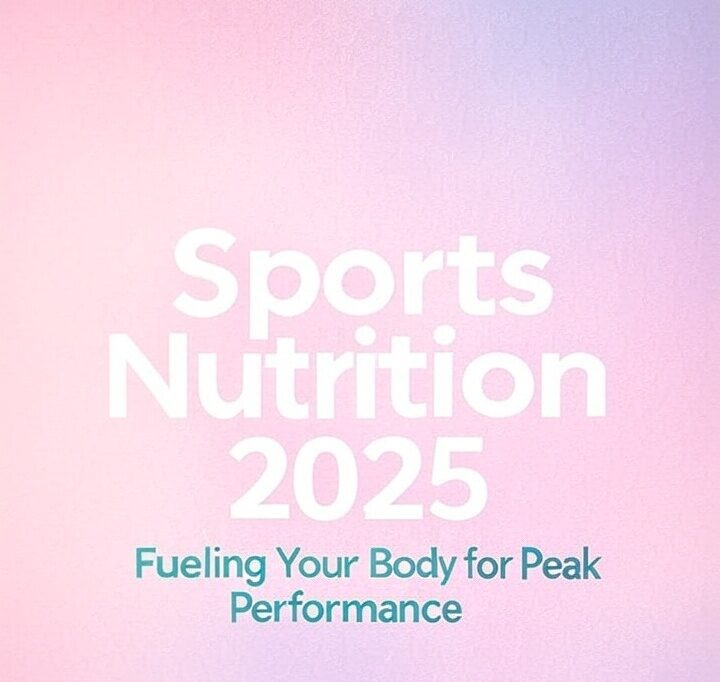Pediatric nutrition is the cornerstone of a child’s health and development, shaping their growth from infancy through adolescence. In 2025, with advancements in research and a growing emphasis on sustainable and personalized diets, understanding the latest trends and guidelines is more crucial than ever for parents, caregivers, and healthcare providers. This ultimate guide to pediatric nutrition in 2025 covers everything from the basics of child nutrition to specific strategies for infants, toddlers, and adolescents, ensuring that every stage of development is supported with the right nutrients.
As a professional nutritionist, I’ve witnessed how tailored nutrition plans can significantly impact a child’s cognitive and physical outcomes, aligning with the most recent updates from organizations like the World Health Organization (WHO) and the American Academy of Pediatrics (AAP). This 1,800-word pillar post delves into the essentials of pediatric nutrition, offering evidence-based strategies to meet the unique dietary needs of children at every age.
Whether you’re navigating the challenges of introducing solids, managing a picky toddler, or supporting an active teenager, these insights will empower you to make informed choices. Let’s explore how to optimize pediatric nutrition for the best possible outcomes. What’s your top concern when it comes to your child’s diet? Share below—let’s learn from each other!

Section 1: The Basics of Pediatric Nutrition
Pediatric nutrition is fundamental to supporting healthy growth, immunity, and development from birth through adolescence. In 2025, recent studies underscore the critical role of balanced diets in preventing chronic diseases and optimizing cognitive function. The first 1,000 days—from conception to age two—are particularly vital, as nutrition during this period can influence lifelong health outcomes.
Children require a mix of macronutrients (carbohydrates, proteins, fats) and micronutrients (vitamins, minerals) tailored to their age and activity levels. For instance, infants need approximately 400-500 calories daily, with breast milk or formula providing essential fatty acids for brain development. As children grow, their caloric needs increase, with toddlers requiring 1,000-1,400 calories and adolescents needing 1,800-2,600 calories, depending on their activity levels.
Recent trends highlight the importance of diverse diets rich in fruits, vegetables, and whole grains to meet these needs. For example, the 2024 AAP guidelines recommend introducing a variety of foods early to encourage acceptance and reduce picky eating. Additionally, there’s a growing focus on plant-based proteins and sustainable nutrition, with options like lentils and chickpeas becoming staples in pediatric diets.
My experience working with families shows that understanding these basics and adapting to each child’s unique needs can make a significant difference in their health and performance. In the following sections, we’ll explore how to apply these principles at different stages of childhood, ensuring that every meal contributes to their well-being.
Section 2: Infant Feeding Guidelines
Infant feeding is a critical component of pediatric nutrition, setting the stage for lifelong health. In 2025, the emphasis is on responsive feeding practices that respect the infant’s hunger and fullness cues, helping to prevent over- or under-nutrition. Exclusive breastfeeding for the first six months is still the gold standard, providing essential nutrients and antibodies that support growth and immunity. For infants who are not breastfed, formulas fortified with DHA and ARA are recommended to mimic breast milk’s benefits for brain development.
When introducing solids around six months, start with single-ingredient purees like rice cereal or applesauce, gradually increasing texture and variety. A recent trend is the early introduction of allergens, such as peanuts, to reduce allergy risks. For example, offering a thin peanut butter puree can be a safe way to introduce this common allergen. Always consult with a pediatrician before introducing new foods, especially if there’s a family history of allergies.
Hydration is also key, with water introduced after six months, alongside breast milk or formula. Avoid fruit juices until at least one year of age to prevent excess sugar intake. In 2025, sustainable feeding options like organic formulas and eco-friendly packaging are gaining popularity, reflecting a broader trend towards environmentally conscious parenting.

Section 3: Toddler Healthy Eating
Toddlerhood is a time of rapid growth and development, making healthy eating a priority in pediatric nutrition. In 2025, the focus is on creating balanced meals that provide the necessary calories (1,000-1,400 daily) and nutrients for this stage. A diverse diet rich in fruits, vegetables, whole grains, lean proteins, and dairy (or fortified alternatives) is essential.
Picky eating is common, but strategies like offering small portions, making meals fun with colorful presentations, and involving toddlers in food selection can help. Recent research highlights the importance of iron-rich foods like fortified cereals, lean meats, and beans to prevent anemia, a concern in this age group.
Plant-based diets are on the rise, with options like tofu, tempeh, and lentils providing protein and other nutrients. For toddlers with dietary restrictions or preferences, consulting a dietitian can ensure they meet all their nutritional needs. In 2025, there’s also a trend towards mindful snacking, with parents opting for nutrient-dense options like yogurt, nuts (if no allergies), and fresh fruits over processed snacks. see Harvard Health’s Child Nutrition Guide
Section 4: Adolescent Diet Trends
Adolescence brings new challenges and opportunities in pediatric nutrition, as teens experience growth spurts and increased independence in food choices. In 2025, the nutritional landscape for teens is shaped by trends like plant-based eating, with many adopting vegetarian or vegan diets for ethical, environmental, or health reasons. Ensuring they get enough protein (46-52g daily), calcium (1,300mg daily), and iron is crucial, with sources like fortified plant milks, legumes, and dark leafy greens playing a key role.
Caloric needs are high, ranging from 1,800-2,600 calories daily, depending on activity levels. Active teens, especially athletes, may require even more, making it important to fuel them with nutrient-dense foods rather than empty calories from fast food or sugary drinks. Recent guidelines emphasize the importance of regular meals and snacks to maintain energy levels and support concentration.
Social media and peer influences can impact teen eating habits, with trends like clean eating or detox diets gaining popularity. As a nutritionist, I advise focusing on balanced, whole foods rather than restrictive diets. In 2025, there’s also a growing interest in functional foods that support mental health, such as those rich in omega-3s for brain function.
Section 5: Addressing Common Challenges
Pediatric nutrition isn’t without its challenges, from food allergies to obesity and nutrient deficiencies. In 2025, these issues are addressed with a combination of education, technology, and personalized care.
Food allergies affect about 8% of children, with common triggers including milk, eggs, peanuts, and wheat. Recent guidelines recommend early introduction of allergens to potentially prevent allergies, but this should be done under medical supervision. For children with allergies, working with a dietitian to create safe, balanced meal plans is essential.
Obesity rates among children remain a concern, with 19.7% of U.S. children affected, per 2024 data. Strategies to combat this include promoting family meals, limiting screen time during eating, and encouraging physical activity. Schools are also playing a role by offering healthier cafeteria options and nutrition education.
Nutrient deficiencies, such as iron or vitamin D, can impact growth and immunity. Regular check-ups and blood tests can help identify these issues early. In 2025, there’s a trend towards fortified foods and supplements to address these gaps, with products like vitamin D-fortified milk and cereals becoming staples.

Technology is also making a difference, with apps helping parents track their child’s intake and ensure they’re meeting nutritional goals. Telehealth services provide convenient access to dietitians for personalized advice, especially for families in remote areas.
Conclusion
Pediatric nutrition is a dynamic and essential field that continues to evolve with new research and trends. In 2025, the focus is on personalized, sustainable, and evidence-based approaches that support children from infancy through adolescence. This guide has provided a comprehensive overview of the basics, infant feeding guidelines, toddler healthy eating, adolescent diet trends, and common challenges, offering practical strategies for every stage.
As a nutritionist, I’ve seen how these principles can transform children’s health and well-being, setting them up for a lifetime of vitality. Explore the linked cluster posts for more in-depth tips and stay informed about the latest developments in pediatric nutrition. Your commitment to providing the best nutrition for your child starts now—embrace these strategies and watch them flourish!
Which aspect of pediatric nutrition are you most interested in exploring further? Share below and let’s continue the conversation!








Leave a Reply